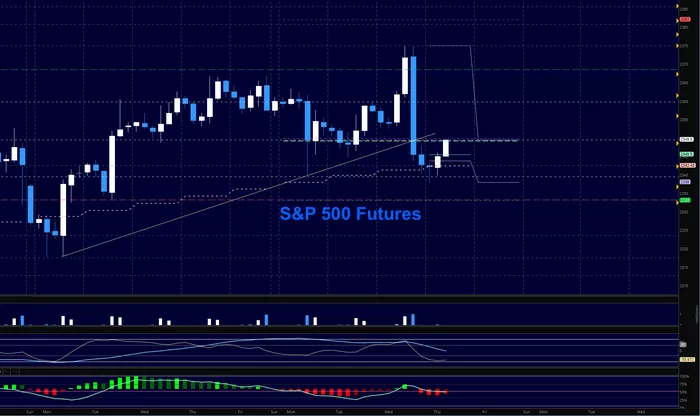Corn futures are financial contracts that allow investors to buy or sell corn at a predetermined price at a future date. Investing in corn futures can be a way for investors to take advantage of price movements in the corn market, but it also involves significant risks. In this article, we will explore the steps involved in investing in corn futures.
Step 1: Understanding Corn Futures Contracts
Before investing in corn futures, it is important to understand how futures contracts work. Corn futures contracts are standardized agreements between a buyer and a seller to purchase or sell corn at a specific price, quantity, and delivery date in the future. These contracts trade on regulated exchanges such as the Chicago Board of Trade (CBOT) and are subject to daily price fluctuations based on supply and demand factors.
Step 2: Opening a Futures Trading Account
Investors can trade corn futures by opening a futures trading account with a futures broker. The futures broker serves as an intermediary between the investor and the futures exchange, executing trades on behalf of the investor. To open a futures trading account, investors must provide personal and financial information and may need to undergo a suitability assessment to determine if futures trading is appropriate for their investment objectives and risk tolerance.
Step 3: Funding the Trading Account
After opening a futures trading account, investors must fund the account to be able to trade. The amount of funding required varies by broker and may depend on the size of the position the investor wishes to take. Typically, investors are required to maintain a minimum margin deposit, which serves as collateral for their trades. The margin deposit is a percentage of the total value of the position and can be used to cover losses if the price of corn futures moves against the investor’s position.
Step 4: Placing an Order
Once the trading account is funded, investors can place orders to buy or sell corn futures. There are several types of orders that investors can use, including market orders, limit orders, and stop orders. A market order is an instruction to buy or sell corn futures at the current market price. A limit order is an instruction to buy or sell corn futures at a specified price or better. A stop order is an instruction to buy or sell corn futures when the price reaches a specified level, known as the stop price.
Step 5: Monitoring the Position
After placing an order, investors must monitor their position to ensure that it aligns with their investment objectives and risk tolerance. This involves tracking the price movements of corn futures and adjusting the position as necessary. Investors may choose to close their position by placing an offsetting trade or by allowing the contract to expire.
Step 6: Managing Risks
Investing in corn futures involves significant risks, including market risk, leverage risk, and counterparty risk. Market risk refers to the potential for losses due to changes in the price of corn futures. Leverage risk refers to the potential for losses due to the use of leverage, which allows investors to control a larger position than their initial margin deposit. Counterparty risk refers to the potential for losses due to the failure of the futures broker or the counterparty to fulfill their obligations.
To manage these risks, investors should have a clear understanding of their investment objectives and risk tolerance, and should use risk management strategies such as stop-loss orders and position sizing. It is also important to conduct thorough research on the corn market, including supply and demand factors, weather patterns, and geopolitical developments, to make informed investment decisions.
Conclusion
Investing in corn futures can be a way for investors to take advantage of price movements in the corn market, but it also involves significant risks. To invest in corn futures, investors must understand how futures contracts work, open a futures trading account, fund the account, place an order, monitor the position, and manage risks.


